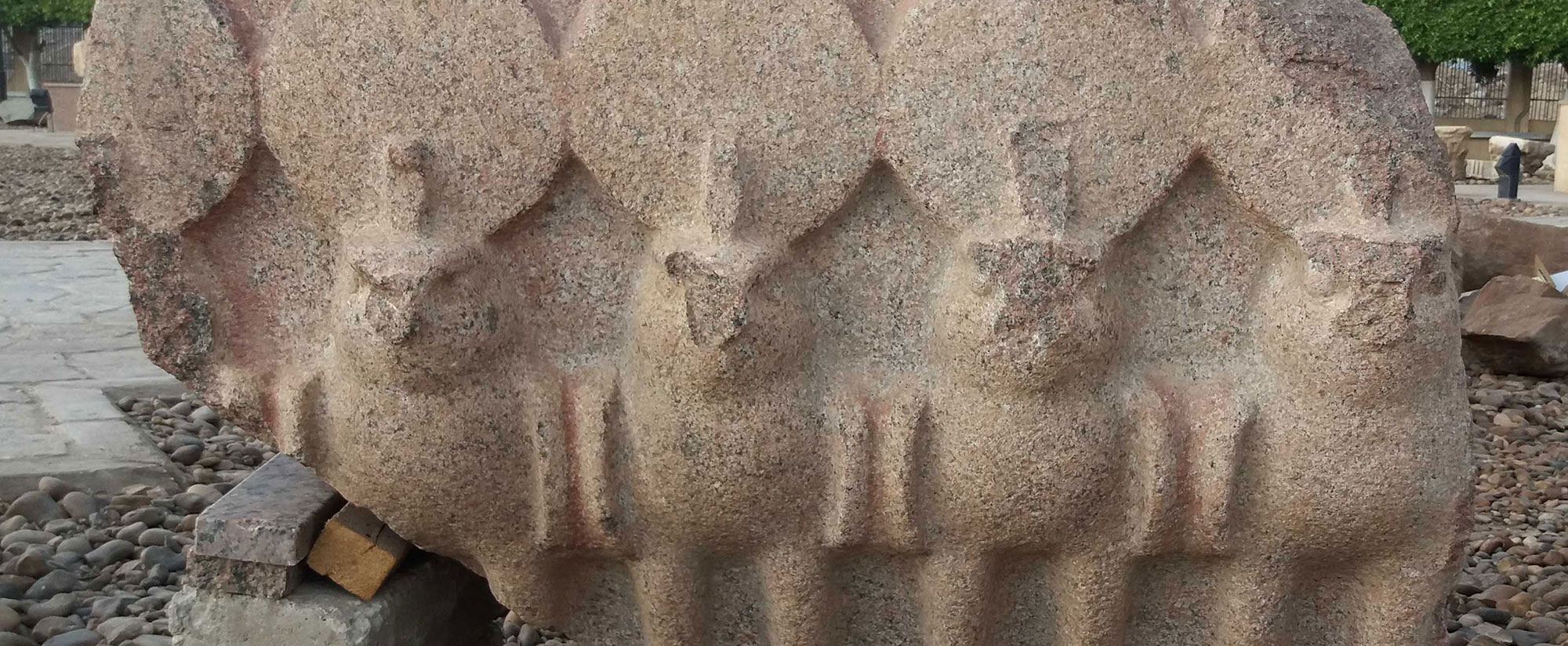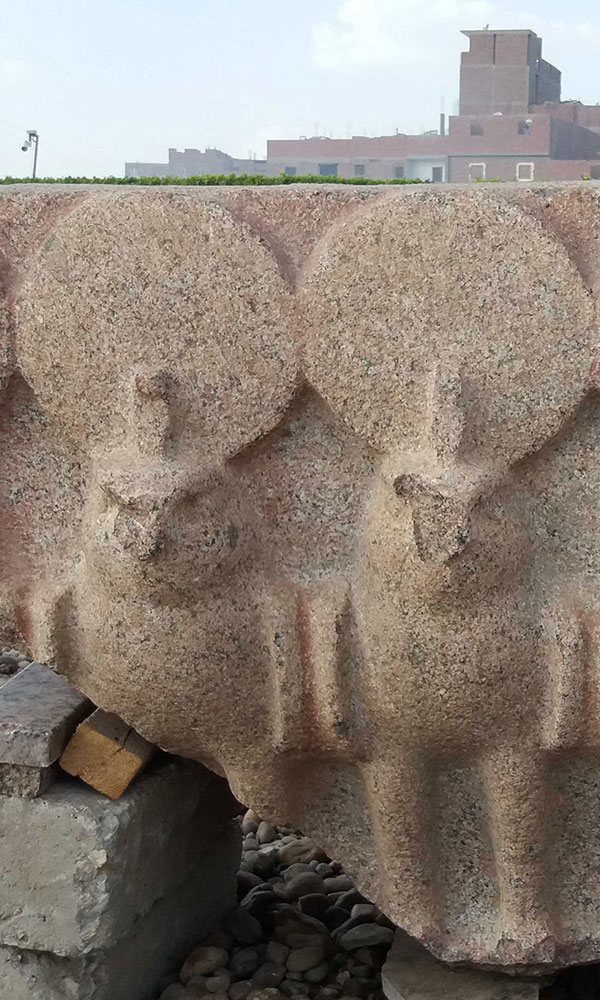TOKYO, JAPAN—Analysis of the genome of a woman who was buried on Japan’s northern island of Rebunto during the Jomon Period, some 3,800 years ago, revealed similarities to the genomes of people who live in the Arctic, according to a report in The Asahi Shimbun. Scientists led by biological anthropologist Hideaki Kanzawa of Japan’s National Museum of Nature and History extracted DNA from one of the Jomon woman’s molars, and found that she likely had light brown eyes, frizzy hair, and dark skin with freckles. She also carried a genetic mutation linked to the ability to digest large quantities of fat. In fact, the bones of marine animals such as sea lions, which are very high in fat, have been unearthed at the Funadomari historic site, where the woman’s remains were found. Today, the mutation is found in about 70 percent of people living in the Arctic, but is rare in present-day Japanese. The analysis also suggests the woman had a high tolerance for alcohol and a wet type of earwax. For more, go to “Japan’s Early Anglers.”
Jomon Woman’s Genome Decoded in Japan
News May 14, 2019
Recommended Articles
Features September/October 2025
Myth of the Golden Dragon
Eclectic artifacts from tombs in northeastern China tell the story of a little-known dynasty
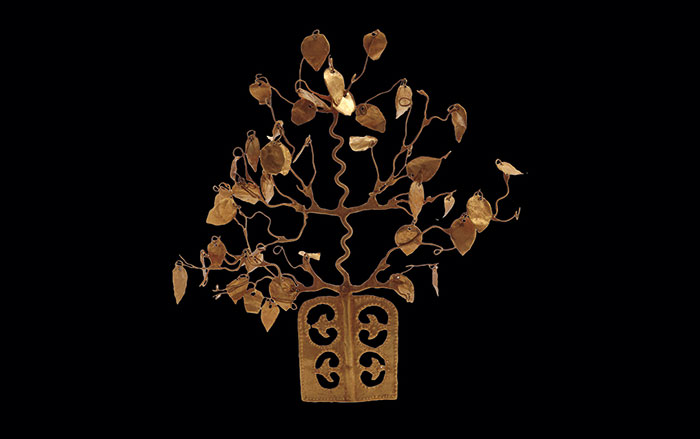
Features May/June 2025
Lost City of the Samurai
Archaeologists rediscover Ichijodani, a formidable stronghold that flourished amid medieval Japan’s brutal power struggles
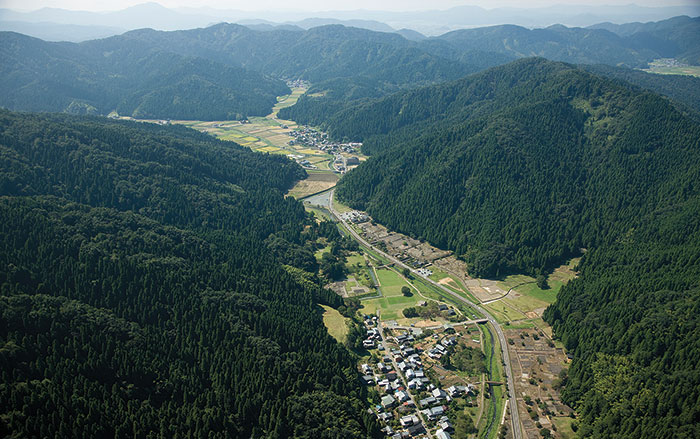
Digs & Discoveries March/April 2023
Weapons of Choice
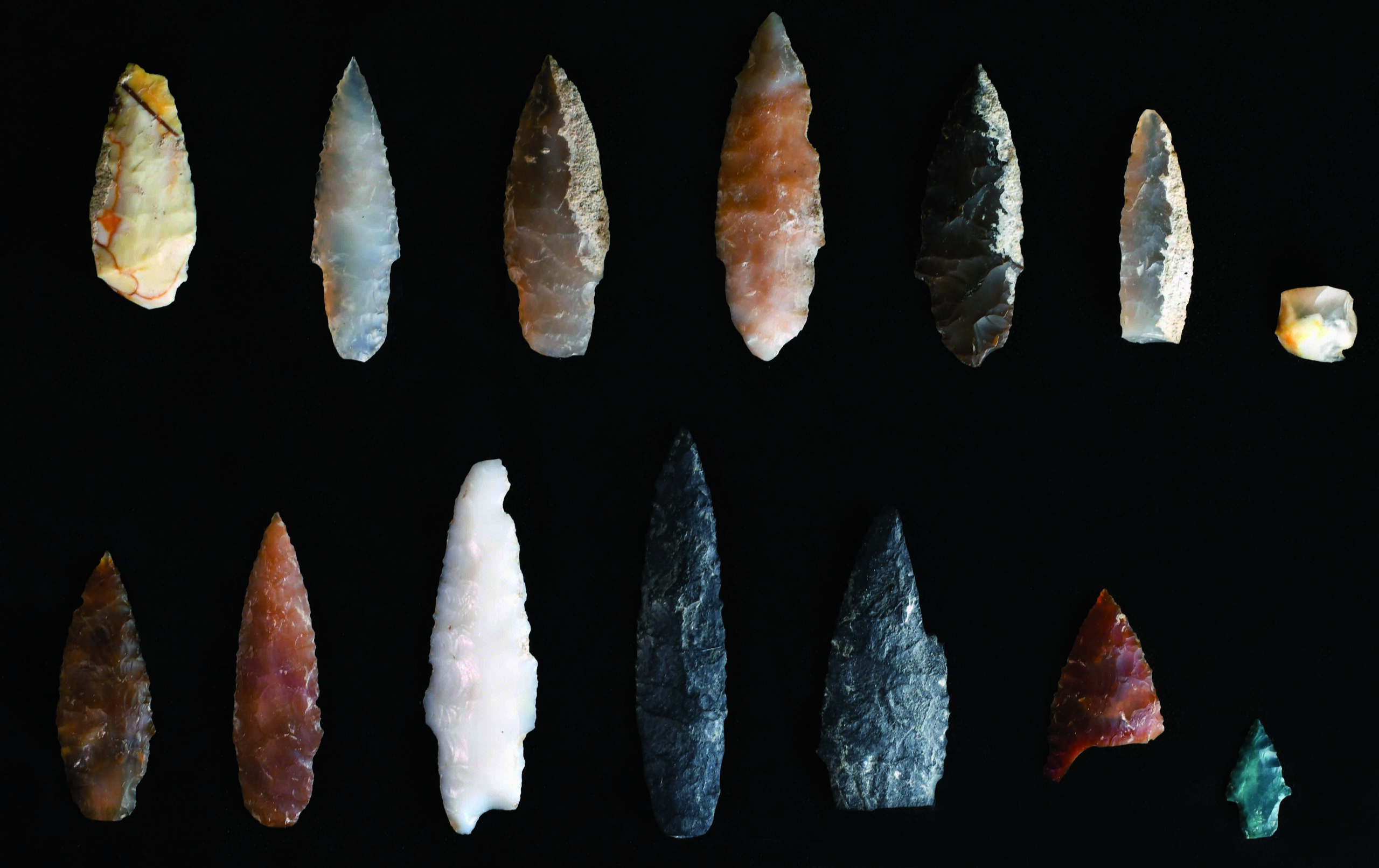
Digs & Discoveries January/February 2022
Japan's Genetic History
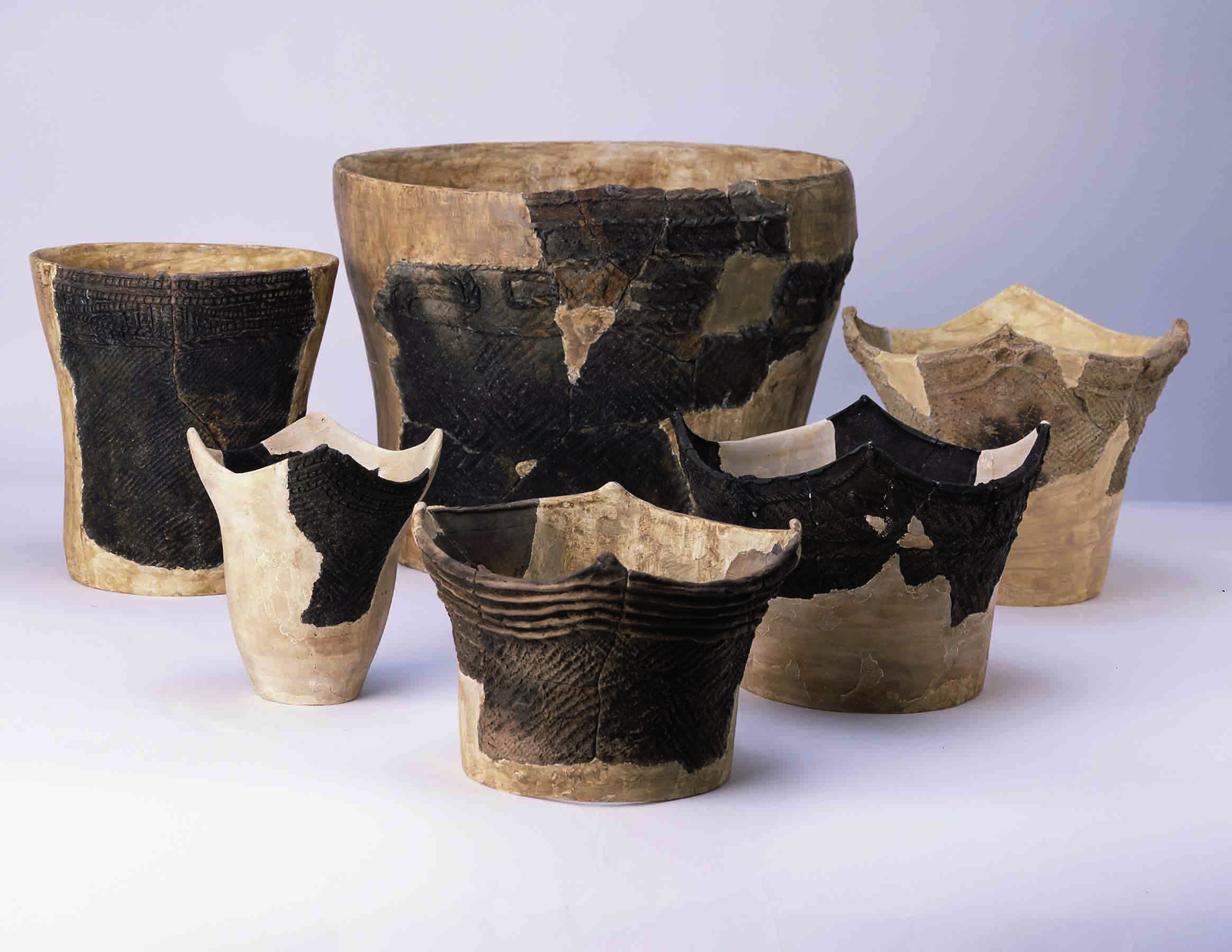
-
Features March/April 2019
Sicily's Lost Theater
Archaeologists resume the search for the home of drama in a majestic Greek sanctuary
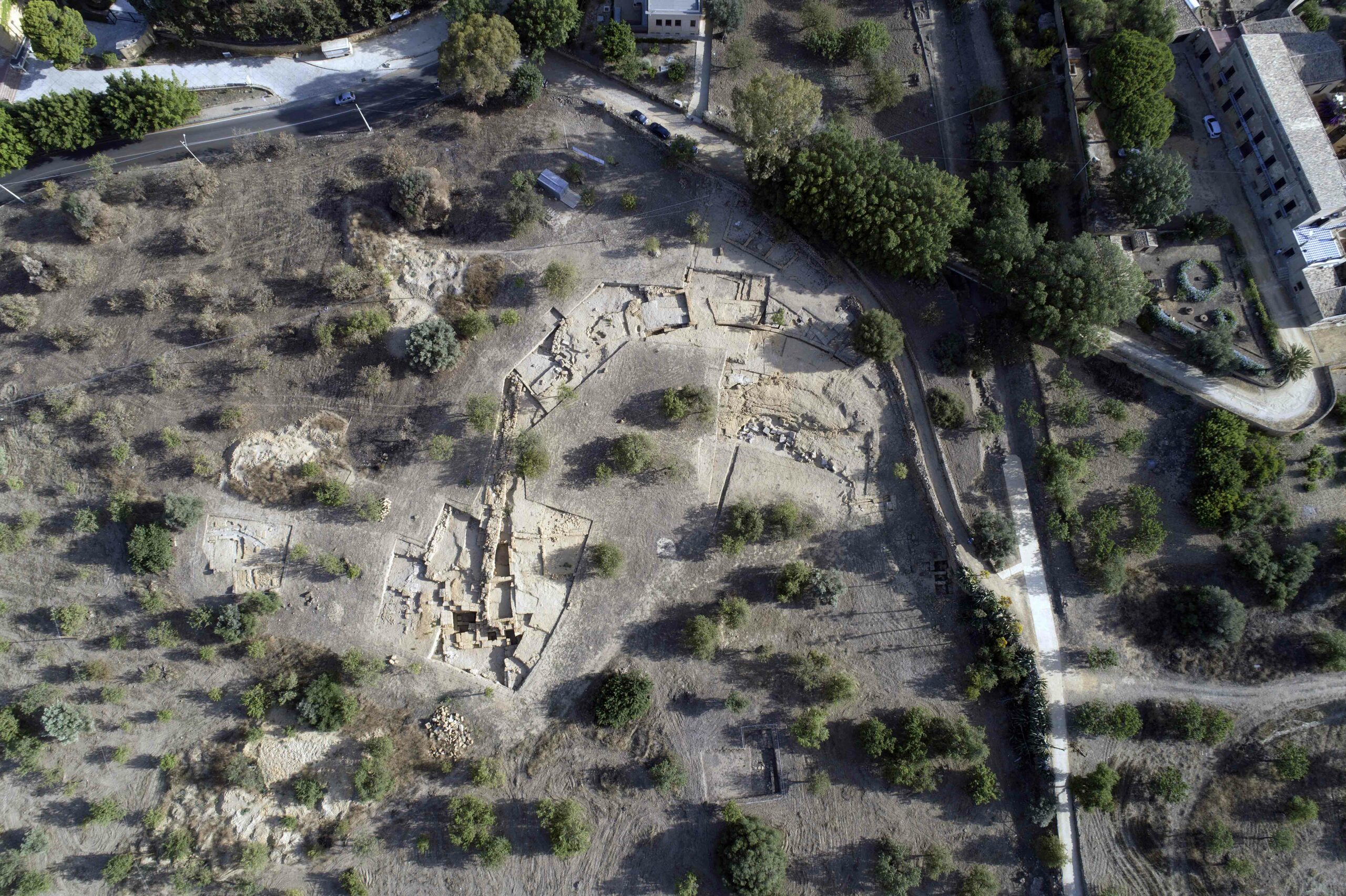 (Giuseppe Cavaleri)
(Giuseppe Cavaleri) -
Letter From Texas March/April 2019
On the Range
Excavations at a ranch in the southern High Plains show how generations of people adapted to an iconic Western landscape
 (Eric A. Powell)
(Eric A. Powell) -
Artifacts March/April 2019
Medieval Seal Stamp
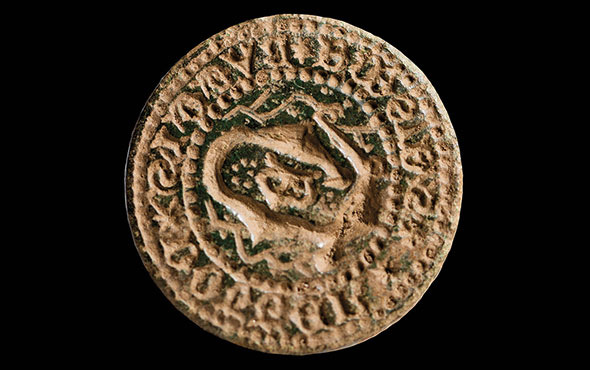 (Rikke Caroline Olsen/The National Museum of Denmark)
(Rikke Caroline Olsen/The National Museum of Denmark) -
Digs & Discoveries March/April 2019
Fairfield's Rebirth in 3-D
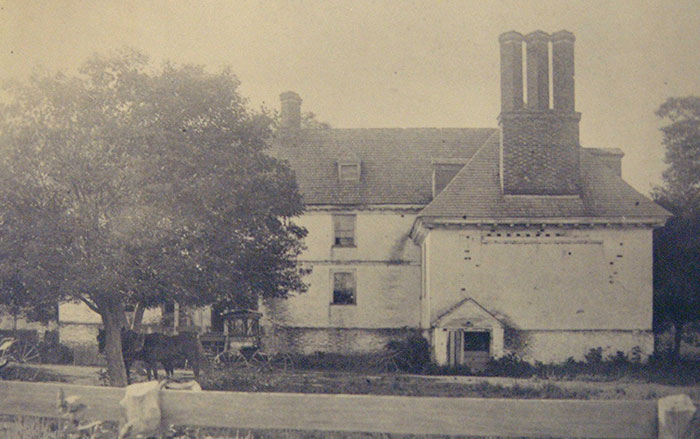 (Virginia Department of Historic Resources)
(Virginia Department of Historic Resources)


